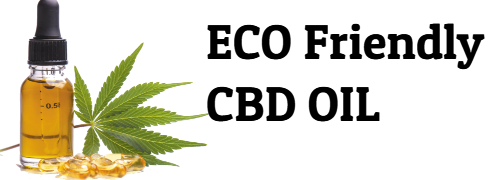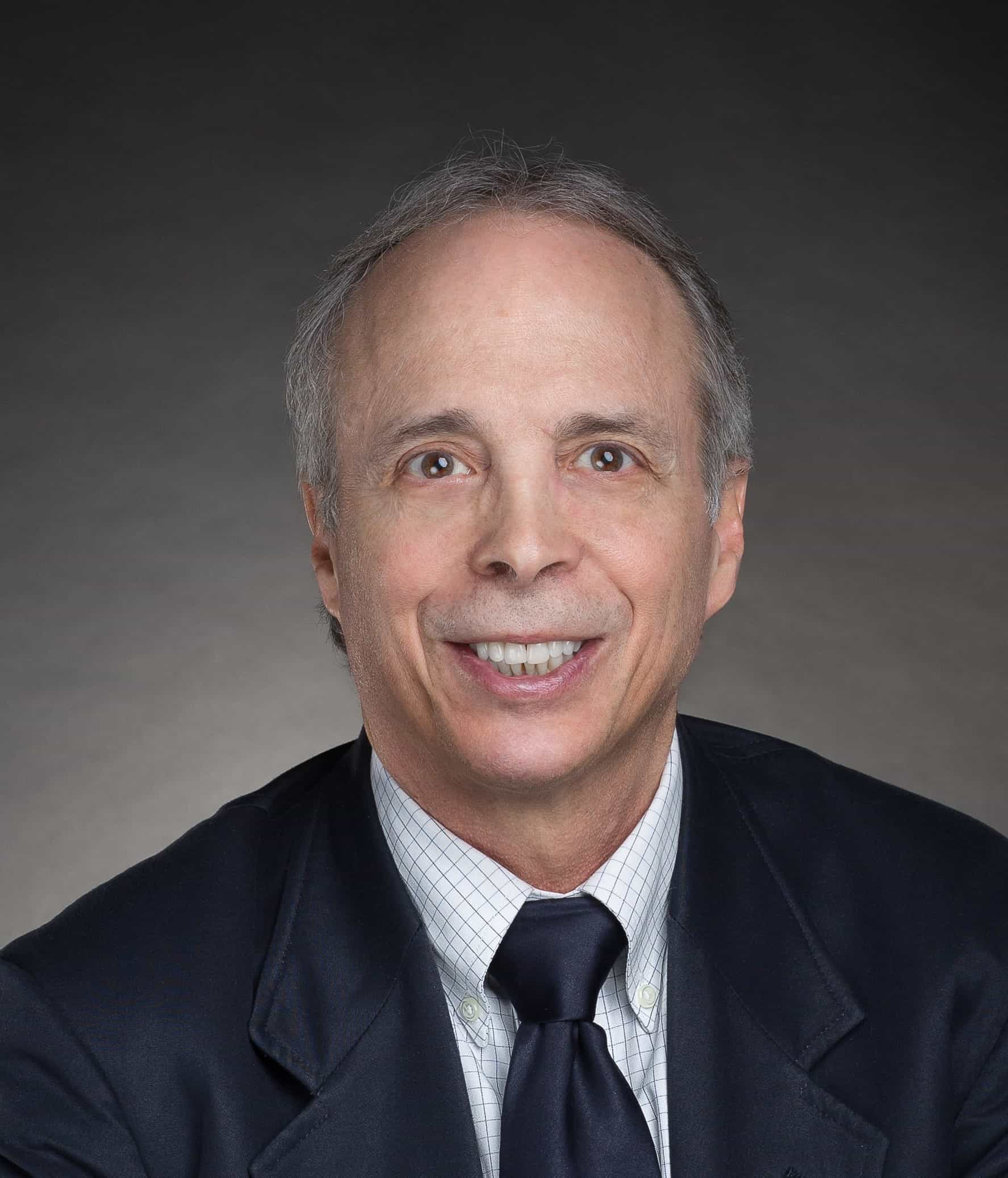A lot has happened in the world of cannabis legalization since Colorado voters passed Amendment 64 in 2012.
Over the last decade, many states across the country have moved to legalize recreational and/or medical use. Others have begun decriminalizing cannabis. As the industry continues to mature and develop, there are signs that cannabis is following the familiar path of the pharmaceutical industry. Paying close attention to these cues can help cannabis entrepreneurs anticipate what’s coming as the industry continues to evolve.
Extracting specific plant properties rather than using the plant as a whole.
When people think about cannabis, they now focus on single cannabinoids within the plant. THC is the most well known cannabinoid, but it’s more mellow sister CBD has also launched an entire additional sector of business. Right now, people are fixated on delta-8, and were previously focused on CBG and CBN. But the truth is that drilling down to specific properties has all been done before by pharma.
Aspirin was originally derived from a compound in willow bark. Nowadays, it is created synthetically, but it started out as a salicin extraction from willow bark that was then converted to salicylic acid to make aspirin. When you take vitamin C rather than eat an orange, you are opting to have a specific property taken out of a plant and consumed in a high concentration.
The link between food and health was established centuries ago. Hippocrates famously said, “Let food be thy medicine and medicine be thy food.” While creating a very high concentration can aid in health depending upon the medical issue, it is also likely that most of that will be flushed out from the body rather than absorbed.
The difference with cannabis is that its true healing power lies with accessing the whole plant rather than picking and choosing compounds.
If that’s the case, then why is the market booming with distillate products? This is where the pharmaceutical approach truly comes into play: It’s cheaper and easier to do.
Creating a formulation using an extract containing a single homogeneous plant property is much easier. When you make a product formulation with a full spectrum extract that includes not just one cannabinoid but all of them, alongside fatty acids and terpenes, devising a consistent, reliable formulation becomes significantly more complex. Complicated formulations need to be adjusted, done in smaller batches, and skill and experience is paramount to get to a final product that the consumer can trust.
Some manufacturers work around this by extracting all of the properties, then putting them back in, creating a broad-spectrum extract. But at the end of the day, pulling the plant apart permanently alters how those properties work together. It becomes synthetic. There’s a reason why THC and CBD work so well together: Cannabis offers a beneficial symbiosis when all of the plant molecules combine as nature intended.
The traditional pharma approach doesn’t have the power of a more holistic approach. This is one of the reasons I left pharma to work in cannabis.
A familiar regulatory path.
If there is one thing that the cannabis industry has reliably seen over the last decade, it’s that testing standards will only grow more rigorous.
Creating products within a regulatory framework is a challenging, albeit necessary, hurdle. These standards are necessary to establish medical credibility in the eyes of the consumer and for the industry as a whole.
Pharma is heavily, heavily regulated. And for good reason. We want to know that what we get from our pharmacists is true to the label.
Governing bodies are mirroring pharma regulations that have been established by the FDA and inching closer and closer to them as the cannabis industry matures. If we truly want national legalization, then this is what it will take to get there. It’s a big challenge, no doubt, given that cannabis businesses have strict regulations but are still forced to adhere to costly policies such as IRS Code 280E.
I am on a science and policy workgroup with the Colorado Marijuana Enforcement Division. Roughly 100 of us meet to discuss the parameters and benefits of different policies being considered as well as the implementation, facilitation and design components that would be required. Sometimes our suggestions are incorporated, other times they are not. This is a good way to support the industry’s growth while also having a say in the future.
Manufacturing standards that mimic pharma.
Creating cannabis products is a labor-intensive process that involves testing multiple times throughout the entire manufacturing process to monitor for pesticides, residual solvents, potency, water activity, microbials, and heavy metals.
Manufacturing and packaging requirements for cannabis are extremely particular, but what that looks like is different in every state. As we move toward national regulations the packaging, manufacturing and testing standards in each state will likely merge into one common set of standards based on the best practices of each state.
If cannabis follows the pharma path, I anticipate the need for detailed, written SOPs to mitigate risk. Keeping up with SOPs is a top priority in pharma, and when they aren’t followed perfectly, there are big consequences. While QC and QA in process checks are not specifically required, I believe they will be in the future. I also predict that we will see more elaborate uniformity and conformity testing as well as more incoming raw material testing of all ingredients that go into a product, not just cannabis. Procedures will be set for examining packaging and labeling for suitability and correctness. Manufacturers will need to provide written instructions and procedures regarding the examination and handling of materials. Any materials meeting the requirements will be approved and those that don’t may be rejected.
We already see facets of these in state regulations, but they are far from universal. It’s a lot to manage, no doubt, but a universal approach will beat the ever-changing state-to-state regulatory patchwork that the industry experiences day to day.
The FDA follows Current Good Manufacturing Practice (CGMP) regulations, and I am certain that in time we will too. The CGMP regulations for pharma contain minimum requirements for the methods, facilities, and controls used in the manufacturing and processing of a drug product. The regulations ensure a product is safe for use, and that it contains the ingredients and strength it claims. While we all already adhere to state rules put in place to accomplish this for product manufacturing, a standardized set of rules would help newer recreational or medical states find their footing more quickly.
As we all know, we have had to work harder than any other new industry on record to earn credibility and trust in the eyes of legislators and the public. One thing we can always rely upon are rules and regulations. The pharma playbook isn’t an easy one to follow, but if we want cannabis to evolve into another standard national industry, these steps form the path to get us there.
Jason Neely is the founding partner and president of Stratos, a Colorado cannabis and hemp manufacturer of tablets, topicals, tinctures, concentrates and more, all created with health and wellness top of mind. Learn more at www.stratosthc.com or www.stratoscbd.com.






